Home>Furniture & Design>Interior Design Trends>What Is Liquid Glass
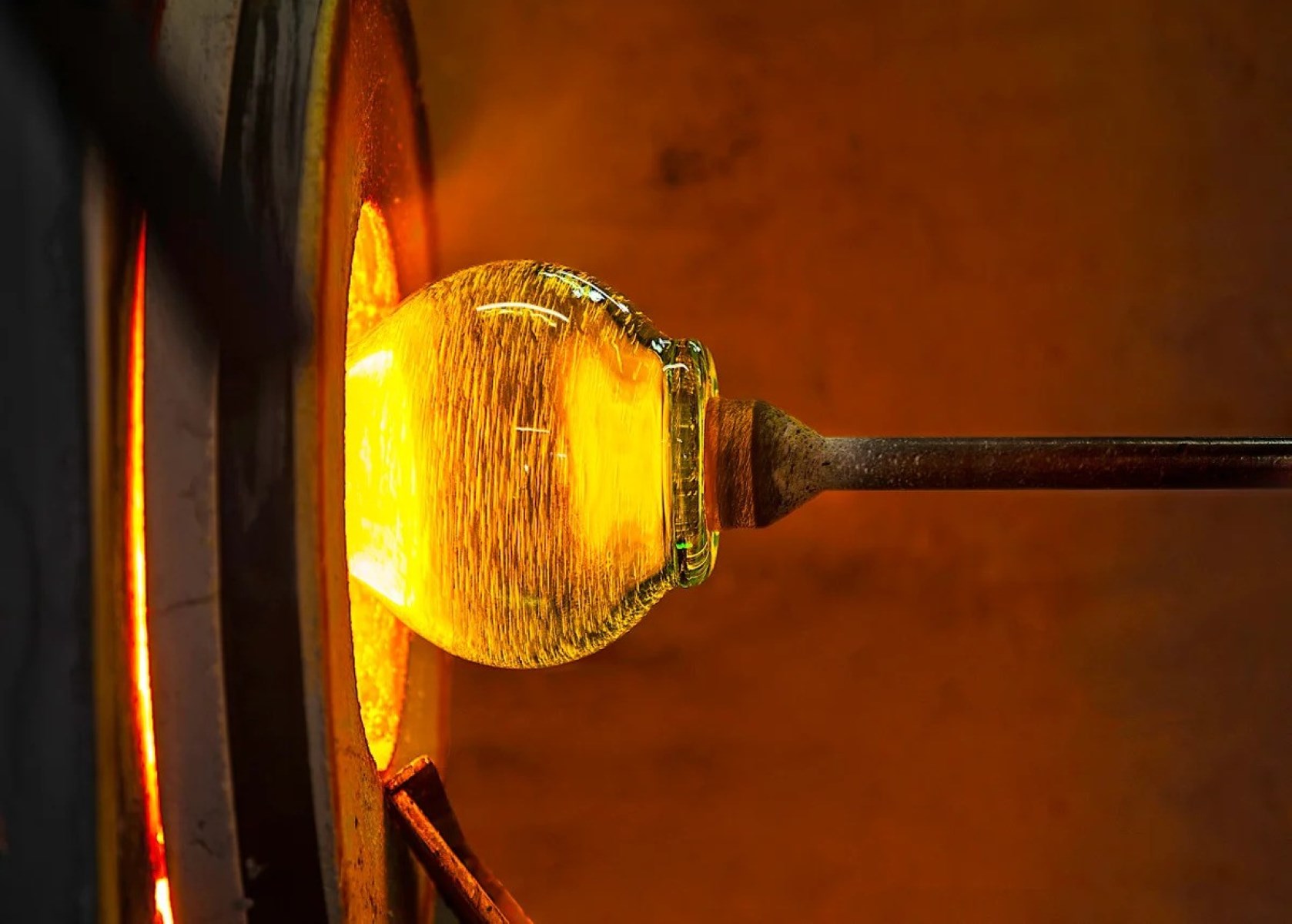

Interior Design Trends
What Is Liquid Glass
Modified: February 18, 2024
Discover the latest interior design trend with liquid glass, a versatile and modern material that adds a touch of elegance to any space. Explore the beauty and functionality of liquid glass in interior design.
(Many of the links in this article redirect to a specific reviewed product. Your purchase of these products through affiliate links helps to generate commission for Storables.com, at no extra cost. Learn more)
Introduction
Liquid glass, also known as "liquid glass coating" or "nano liquid glass," is a cutting-edge technology that has revolutionized the way surfaces are protected and maintained. This innovative solution is derived from silicon dioxide, a compound found in nature, and has been engineered to provide exceptional durability and versatility in various applications.
Liquid glass is a transparent, flexible, and breathable coating that forms a protective layer when applied to surfaces such as glass, ceramic, metal, plastic, and even textiles. Its remarkable properties make it an invaluable asset in preserving and enhancing the longevity of a wide range of materials.
This advanced coating has gained widespread attention due to its ability to create a protective barrier that repels water, dirt, and other contaminants, thereby reducing the need for frequent cleaning and maintenance. Moreover, liquid glass offers UV resistance, heat insulation, and anti-corrosion properties, making it an ideal solution for both indoor and outdoor use.
As the demand for sustainable and eco-friendly products continues to rise, liquid glass has emerged as a frontrunner in the realm of surface protection. Its non-toxic nature and environmentally friendly composition make it a preferred choice for individuals and industries seeking effective yet sustainable solutions.
In the following sections, we will delve deeper into the properties, applications, and advantages of liquid glass, shedding light on its multifaceted benefits and the diverse ways in which it has transformed the approach to surface protection and maintenance.
Key Takeaways:
- Liquid glass is a high-tech coating that protects surfaces from water, dirt, and UV rays. It’s durable, eco-friendly, and can be used on cars, buildings, and even electronic devices.
- Applying liquid glass involves cleaning the surface, applying the coating evenly, and allowing it to dry. It’s a versatile and sustainable solution for long-lasting surface protection.
Read more: How Does Liquid Glass Work
Properties of Liquid Glass
Liquid glass possesses a remarkable array of properties that set it apart as a versatile and effective coating for a wide range of surfaces. These properties contribute to its widespread application and growing popularity in various industries. Here are the key properties of liquid glass:
-
Durability: Liquid glass is renowned for its exceptional durability, forming a robust protective layer that withstands wear and tear, environmental factors, and mechanical stress. This longevity ensures that surfaces remain shielded and maintain their aesthetic appeal over extended periods.
-
Hydrophobicity: One of the most notable properties of liquid glass is its hydrophobic nature, which repels water and prevents the formation of water spots and stains. This feature is particularly beneficial for glass surfaces, as it minimizes the accumulation of water droplets and facilitates easy cleaning.
-
Oleophobicity: In addition to repelling water, liquid glass exhibits oleophobic properties, meaning it resists oil and grease. This attribute is invaluable for surfaces in kitchens, automotive applications, and industrial settings, where resistance to oil-based substances is essential.
-
UV Resistance: Liquid glass provides effective protection against UV radiation, safeguarding surfaces from the damaging effects of prolonged sun exposure. This UV resistance is particularly advantageous for outdoor applications, such as architectural glass, automotive coatings, and marine surfaces.
-
Heat Insulation: Another notable property of liquid glass is its ability to provide thermal insulation, which can contribute to energy efficiency in buildings and vehicles. By reducing heat transfer, liquid glass helps maintain comfortable interior temperatures and minimizes the reliance on heating and cooling systems.
-
Anti-Corrosion: Surfaces coated with liquid glass benefit from enhanced resistance to corrosion, rust, and degradation caused by environmental factors. This anti-corrosive property is especially valuable for metal surfaces exposed to moisture, salt, and other corrosive agents.
-
Transparency: Liquid glass maintains the transparency of surfaces, allowing for unobstructed visibility and clarity. This property is crucial for applications where optical clarity is essential, such as glass windows, lenses, and display panels.
-
Breathability: Unlike traditional coatings, liquid glass is breathable, allowing air and moisture to pass through the protective layer. This breathability prevents the buildup of trapped moisture, which can lead to mold, mildew, and degradation of underlying materials.
These properties collectively position liquid glass as a versatile and effective solution for preserving and enhancing the integrity of diverse surfaces, making it a preferred choice for individuals, businesses, and industries seeking long-lasting protection and maintenance benefits.
Applications of Liquid Glass
Liquid glass's versatile properties and exceptional protective capabilities make it suitable for a wide array of applications across various industries. From automotive and architectural to household and industrial settings, the diverse applications of liquid glass underscore its significance in modern surface protection and maintenance.
Automotive Industry
In the automotive sector, liquid glass coatings are extensively utilized to enhance the appearance and durability of vehicle surfaces. From paint protection to glass and wheel coatings, liquid glass provides a robust shield against environmental contaminants, UV radiation, and mechanical abrasion. Its hydrophobic and oleophobic properties ensure that water, dirt, and road grime are repelled, facilitating easier cleaning and preserving the glossy finish of automotive exteriors. Additionally, the heat insulation and anti-corrosive attributes of liquid glass contribute to the longevity of metal components, such as engine parts and exhaust systems.
Architectural Surfaces
Architectural applications of liquid glass encompass the protection and maintenance of glass facades, windows, and structural elements in buildings. The UV resistance and transparency of liquid glass make it an ideal solution for preserving the optical clarity of architectural glass while safeguarding it from sun damage and environmental pollutants. Moreover, the breathability of liquid glass prevents moisture buildup, reducing the risk of mold and degradation in building exteriors. As a sustainable and long-lasting protective coating, liquid glass contributes to the preservation and aesthetic appeal of architectural surfaces.
Read more: How To Make Liquid Glass Without Borax
Household and Consumer Products
Liquid glass coatings have found their way into household and consumer products, offering durable protection for electronic devices, kitchen surfaces, and textiles. The hydrophobic and oleophobic properties of liquid glass make it an effective solution for safeguarding smartphones, tablets, and other gadgets from water and oil damage. In kitchen environments, liquid glass coatings provide a protective barrier on countertops, ceramic tiles, and stainless steel appliances, reducing the adhesion of food residues and simplifying cleaning routines. Furthermore, the application of liquid glass on textiles imparts water and stain resistance, enhancing the longevity and functionality of fabrics in upholstery, clothing, and outdoor gear.
Industrial and Marine Applications
In industrial settings, liquid glass coatings serve as a reliable protective measure for machinery, equipment, and metal structures exposed to harsh conditions. The anti-corrosive properties of liquid glass mitigate the impact of moisture, chemicals, and abrasion, prolonging the lifespan of industrial assets and reducing maintenance costs. Similarly, in marine applications, liquid glass provides effective protection for boat hulls, windows, and metal fittings, offering resistance to saltwater corrosion and environmental wear.
Additional Applications
The versatility of liquid glass extends to diverse applications, including electronic displays, optical lenses, solar panels, and medical equipment. By preserving optical clarity, repelling contaminants, and providing durable protection, liquid glass coatings contribute to the performance and longevity of these specialized surfaces, underscoring their significance in advanced technological and healthcare applications.
In essence, the broad spectrum of applications for liquid glass reflects its adaptability and effectiveness in safeguarding and enhancing surfaces across multiple sectors. As the demand for sustainable and long-lasting protective solutions continues to grow, liquid glass remains a pivotal asset in meeting the diverse needs of modern industries and consumers.
How to Apply Liquid Glass
Applying liquid glass involves a systematic process to ensure optimal adhesion and effectiveness in creating a durable protective layer on various surfaces. The following steps outline the general procedure for applying liquid glass coatings:
-
Surface Preparation: Before applying liquid glass, it is crucial to prepare the surface by ensuring it is clean, dry, and free from contaminants such as dust, grease, and residues. This can be achieved through thorough cleaning and, if necessary, using specialized surface preparation products to remove stubborn impurities.
-
Application Method: Liquid glass coatings are typically available in liquid form and can be applied using a soft cloth, sponge, or applicator pad. It is essential to follow the manufacturer's instructions regarding the recommended application method and the quantity of product to be used for the specific surface area.
-
Even Application: When applying liquid glass, it is important to ensure an even and consistent coverage across the entire surface. This can be achieved by using gentle, overlapping strokes or circular motions to distribute the coating uniformly.
-
Allowing Drying Time: After the application, it is necessary to allow the liquid glass coating to dry and cure according to the specified duration provided by the manufacturer. This curing period is essential for the formation of a strong and resilient protective layer.
-
Buffing and Polishing: Depending on the type of liquid glass product, buffing and polishing the coated surface may be recommended to enhance the clarity and smoothness of the protective layer. This step can contribute to achieving the desired aesthetic finish and optimizing the protective properties of the coating.
-
Maintenance and Reapplication: Once the liquid glass coating has been applied and cured, it is important to adhere to the recommended maintenance practices to preserve its longevity and protective benefits. Additionally, periodic reapplication of the liquid glass coating may be necessary to maintain optimal performance, especially in high-wear or exposed areas.
By following these steps and adhering to the specific guidelines provided by the manufacturer of the liquid glass product, individuals and professionals can effectively apply this advanced coating to safeguard and enhance the integrity of diverse surfaces.
Read more: What Liquid Is In A Capillary Thermostat
Advantages of Using Liquid Glass
The utilization of liquid glass confers a multitude of compelling advantages, positioning it as a superior solution for surface protection and maintenance. These advantages encompass its exceptional durability, versatile applicability, environmental sustainability, and long-term cost-effectiveness.
Exceptional Durability
Liquid glass exhibits unparalleled durability, forming a robust and resilient protective layer on surfaces that withstands environmental stress, mechanical abrasion, and the detrimental effects of UV radiation. This longevity ensures that surfaces maintain their integrity and aesthetic appeal over extended periods, reducing the frequency of maintenance and replacement.
Versatile Applicability
One of the key advantages of liquid glass lies in its versatile applicability across a diverse range of surfaces and industries. From automotive and architectural applications to household and industrial settings, liquid glass serves as a reliable protective measure for glass, metal, plastic, textiles, and electronic displays. Its adaptability underscores its significance as a comprehensive solution for safeguarding various surfaces.
Environmental Sustainability
Liquid glass aligns with the growing emphasis on environmental sustainability, as it is composed of non-toxic and eco-friendly materials. Its sustainable composition and non-hazardous nature make it a preferred choice for individuals and industries seeking effective yet environmentally responsible surface protection solutions. By minimizing the use of harmful chemicals and reducing the need for frequent cleaning, liquid glass contributes to a more sustainable approach to surface maintenance.
Read more: How Does Liquid Crystal Glass Work?
Long-Term Cost-Effectiveness
The long-term cost-effectiveness of liquid glass stems from its ability to minimize maintenance requirements, extend the lifespan of surfaces, and reduce the consumption of cleaning agents. By forming a durable protective barrier that repels water, dirt, and contaminants, liquid glass mitigates the need for frequent cleaning and maintenance, resulting in cost savings over time. Additionally, its anti-corrosive properties contribute to the preservation of metal surfaces, reducing the impact of corrosion-related damage and maintenance expenses.
In essence, the advantages of using liquid glass encompass its exceptional durability, versatile applicability, environmental sustainability, and long-term cost-effectiveness, making it a preferred choice for individuals, businesses, and industries seeking reliable and sustainable surface protection solutions.
Conclusion
In conclusion, the advent of liquid glass has ushered in a new era of surface protection and maintenance, offering a transformative solution that combines exceptional durability, versatile applicability, environmental sustainability, and long-term cost-effectiveness. The properties of liquid glass, including its hydrophobicity, oleophobicity, UV resistance, heat insulation, anti-corrosion capabilities, transparency, and breathability, underscore its multifaceted benefits across diverse applications.
The widespread adoption of liquid glass in the automotive industry, architectural settings, household products, industrial applications, and specialized technological sectors reflects its adaptability and effectiveness in safeguarding and enhancing surfaces. From preserving the glossy finish of automotive exteriors to protecting architectural glass facades, liquid glass has become an indispensable asset in modern surface maintenance practices.
The systematic application of liquid glass involves surface preparation, even application, drying and curing, and periodic maintenance, ensuring optimal adhesion and effectiveness in creating a durable protective layer. By adhering to the recommended application methods and maintenance practices, individuals and professionals can harness the full potential of liquid glass coatings to safeguard and enhance the integrity of diverse surfaces.
The advantages of using liquid glass, including its exceptional durability, versatile applicability, environmental sustainability, and long-term cost-effectiveness, position it as a superior solution for surface protection. Its ability to minimize maintenance requirements, extend the lifespan of surfaces, and reduce the consumption of cleaning agents underscores its significance in promoting sustainable and cost-effective surface maintenance practices.
As the demand for sustainable and long-lasting protective solutions continues to grow, liquid glass remains a pivotal asset in meeting the diverse needs of modern industries and consumers. Its non-toxic nature and environmentally friendly composition make it a preferred choice for individuals and industries seeking effective yet sustainable solutions.
In essence, the advent of liquid glass has redefined the approach to surface protection and maintenance, offering a comprehensive and innovative solution that aligns with the evolving demands for durability, sustainability, and cost-effectiveness. With its remarkable properties, diverse applications, and compelling advantages, liquid glass stands as a testament to the continuous evolution of surface protection technologies, shaping a more resilient and sustainable future for surface maintenance practices.
Frequently Asked Questions about What Is Liquid Glass
Was this page helpful?
At Storables.com, we guarantee accurate and reliable information. Our content, validated by Expert Board Contributors, is crafted following stringent Editorial Policies. We're committed to providing you with well-researched, expert-backed insights for all your informational needs.
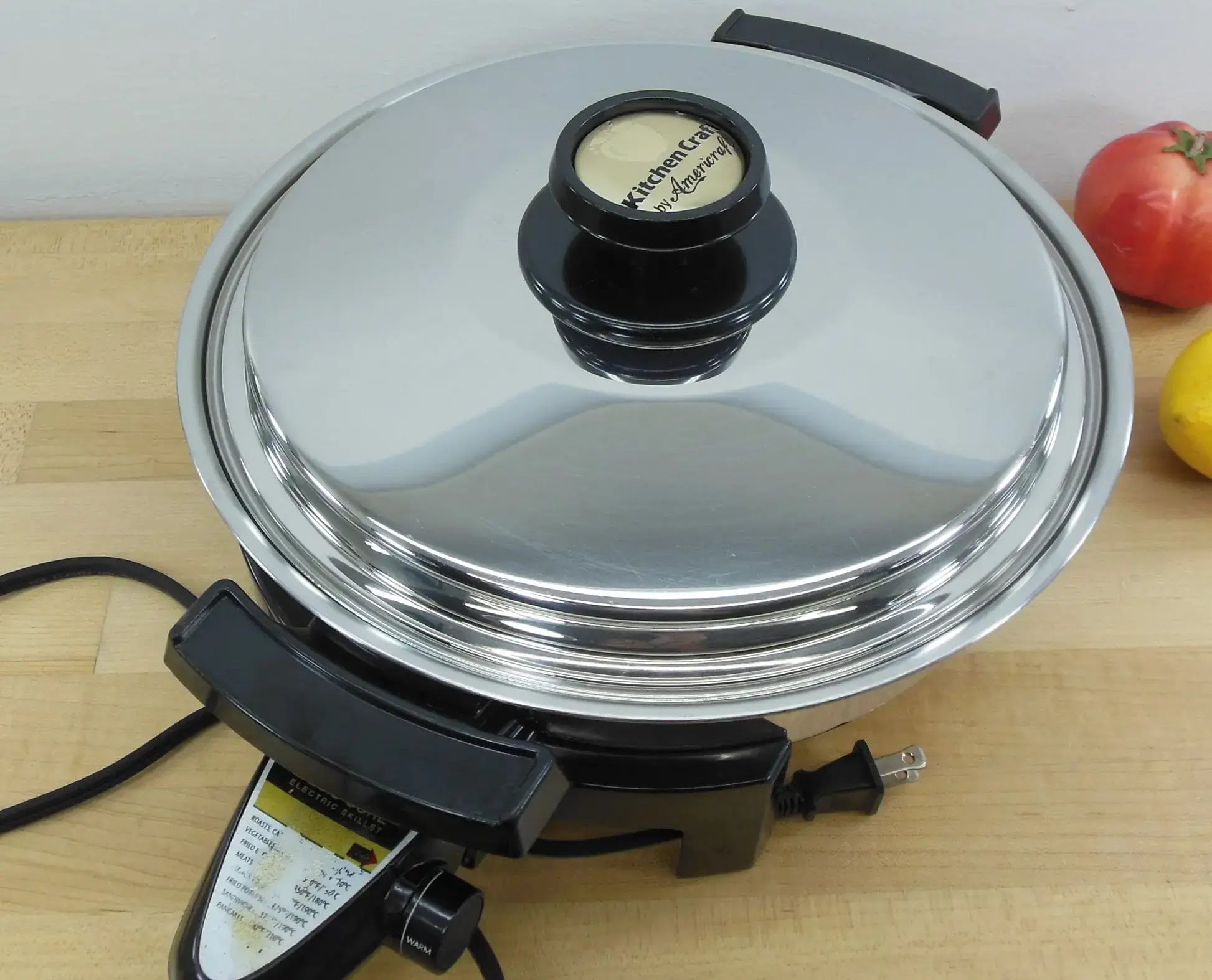

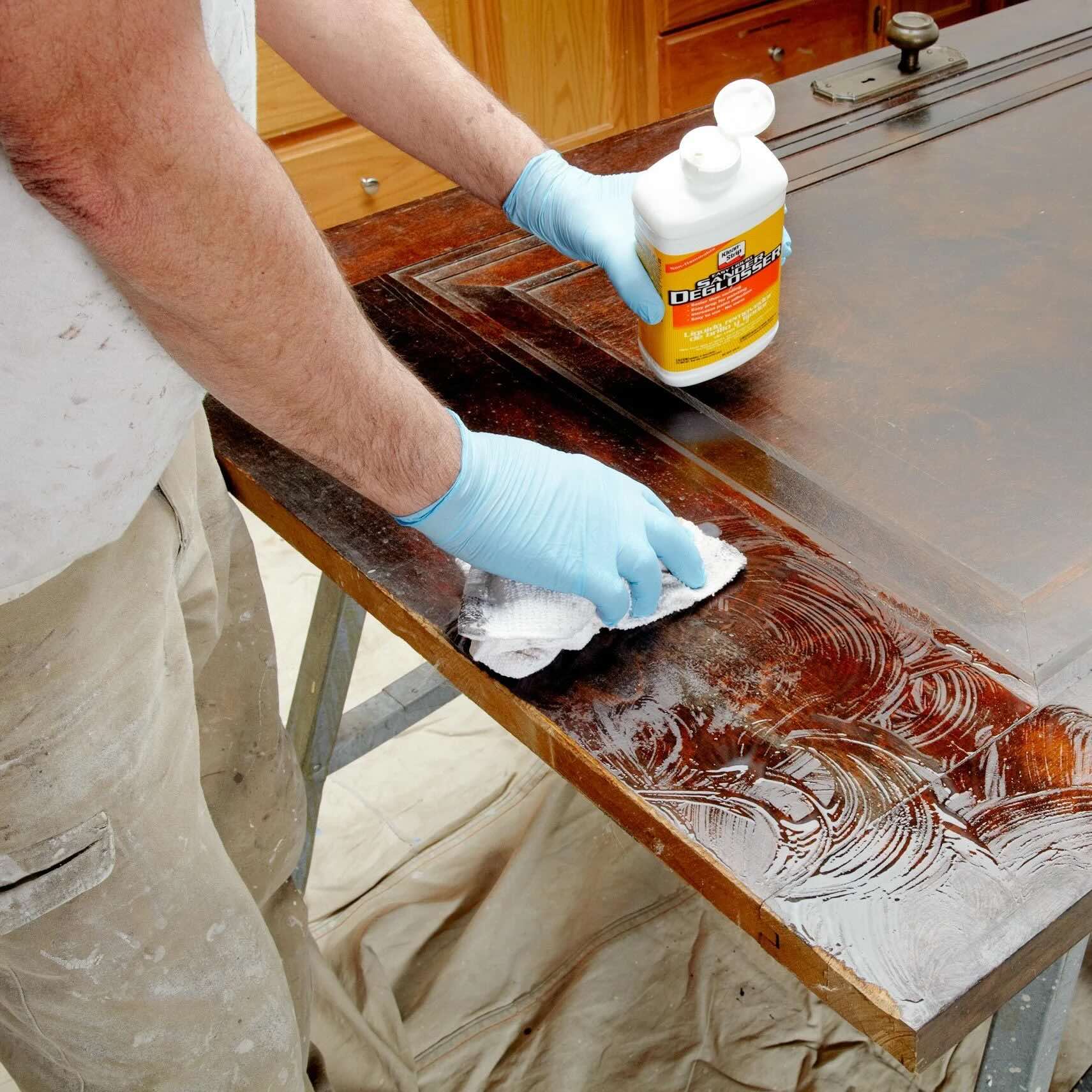
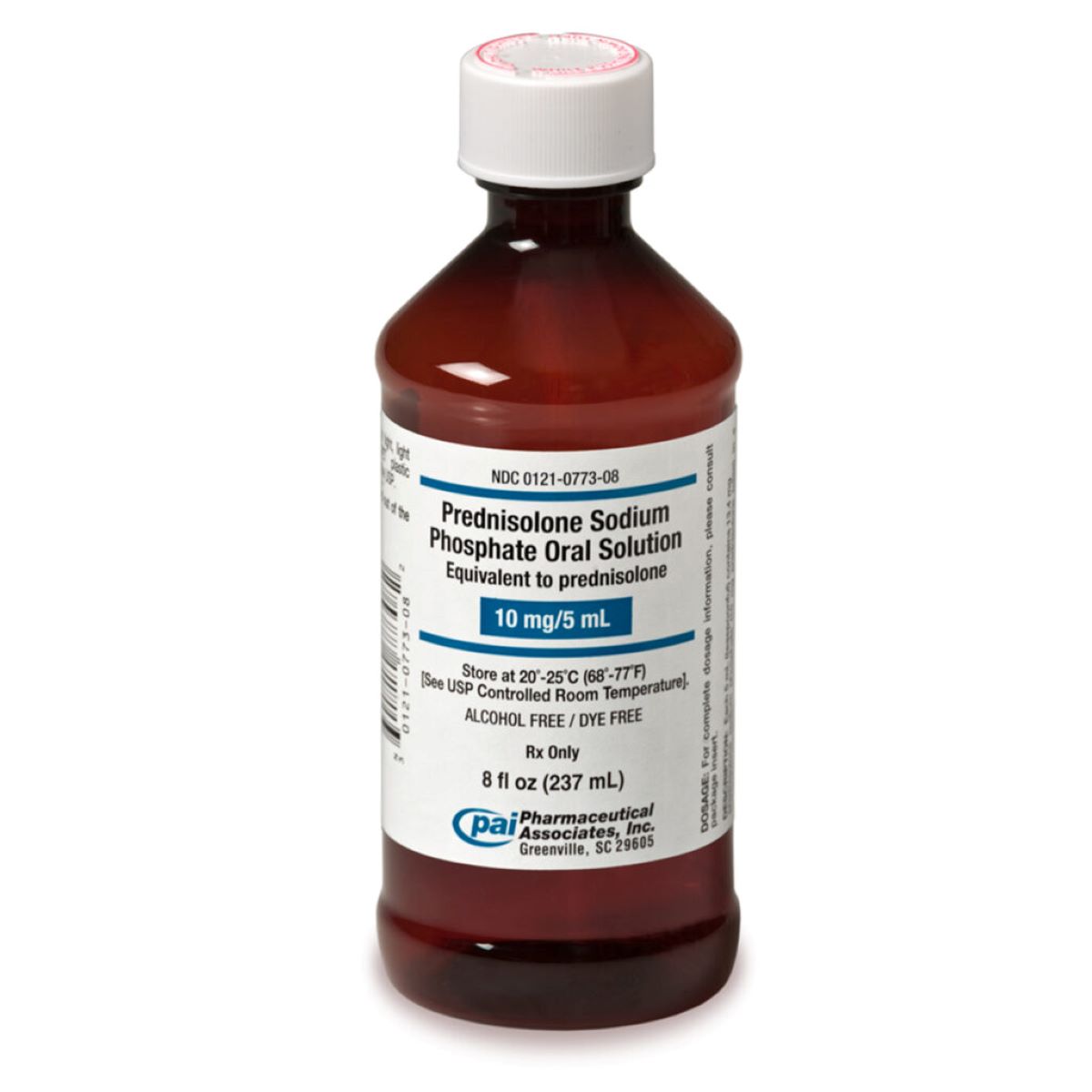
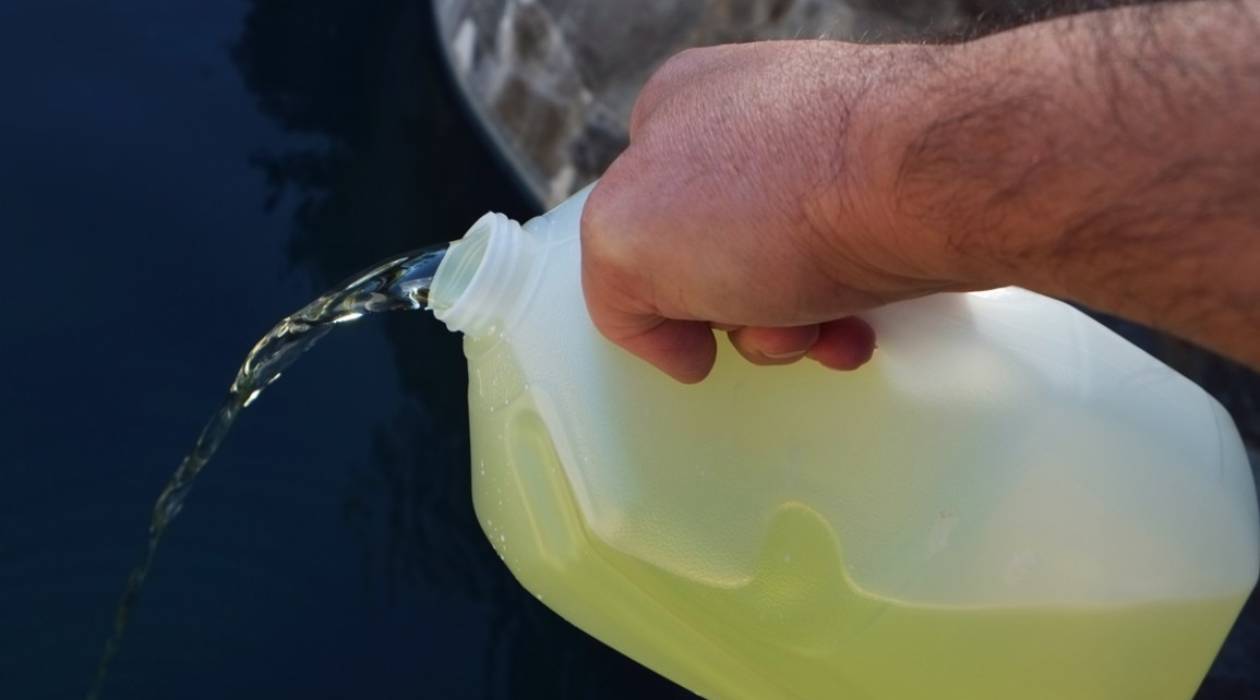
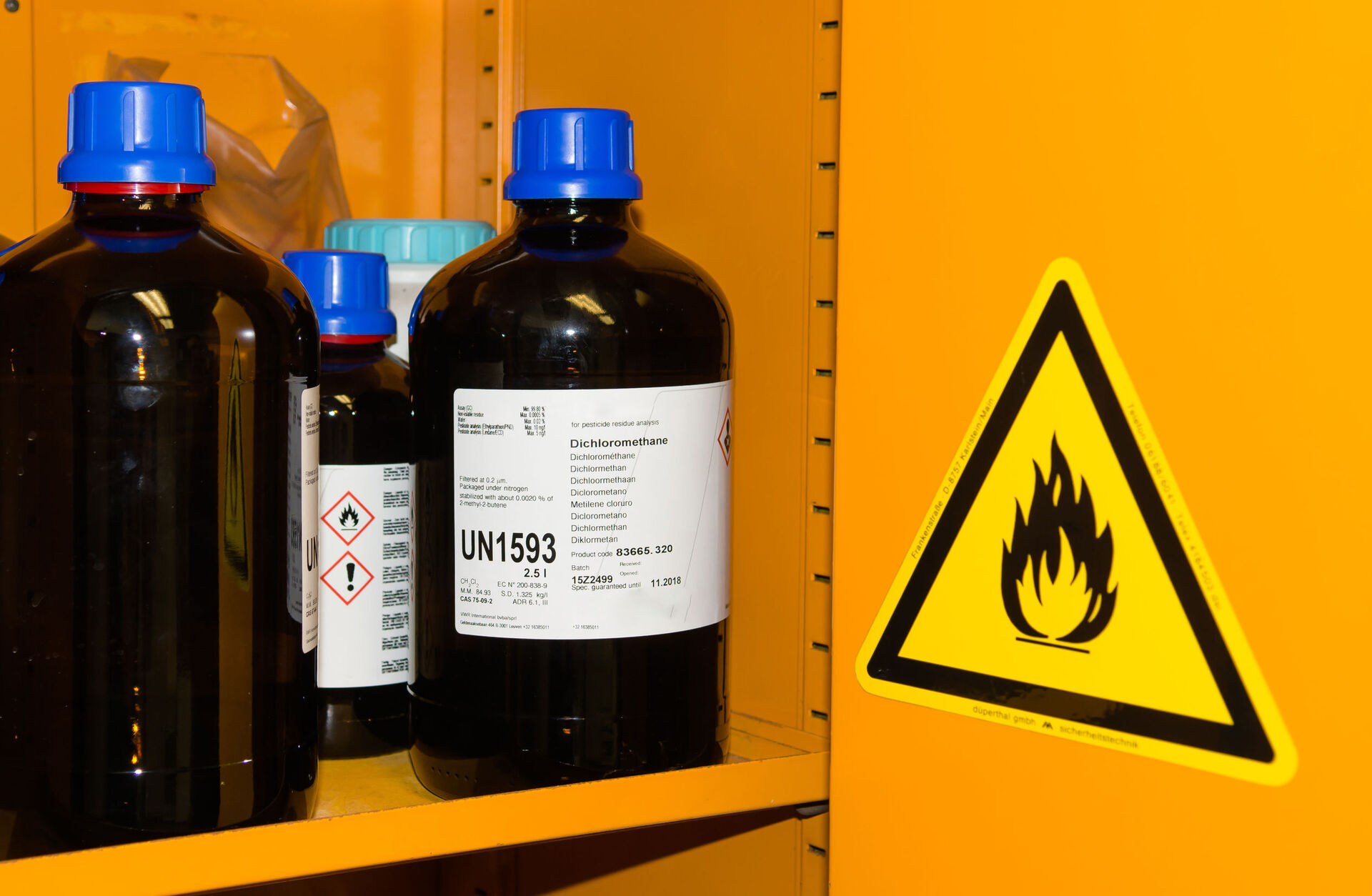
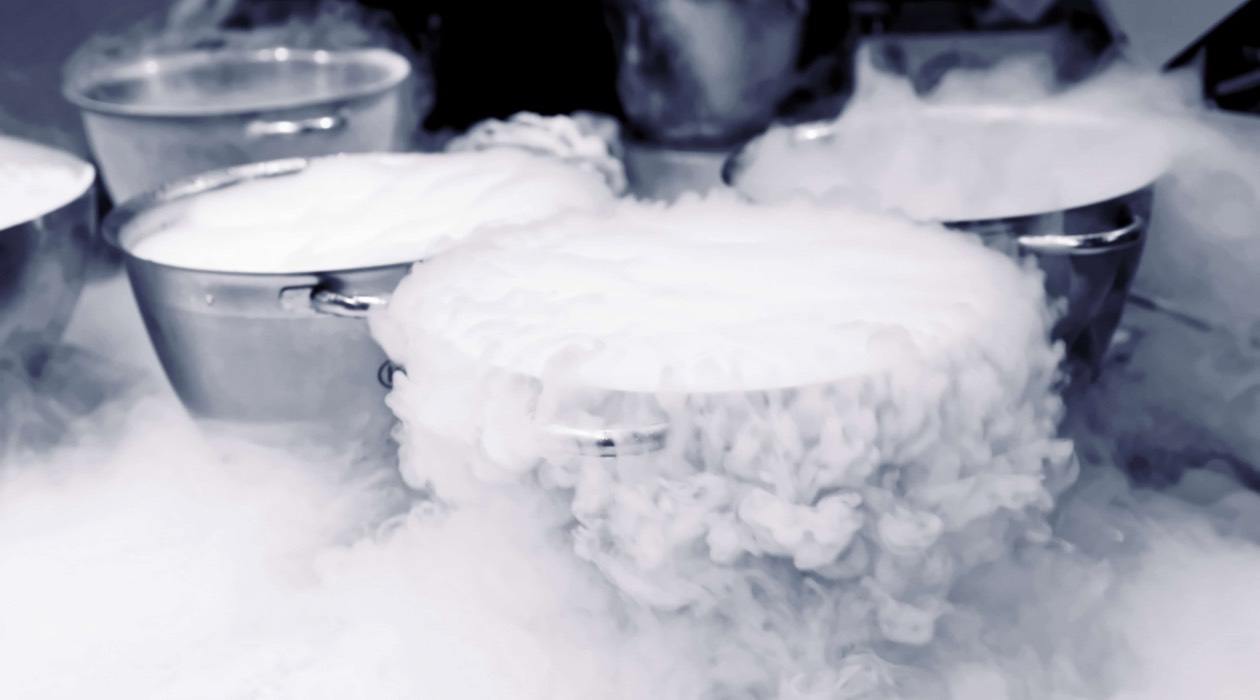
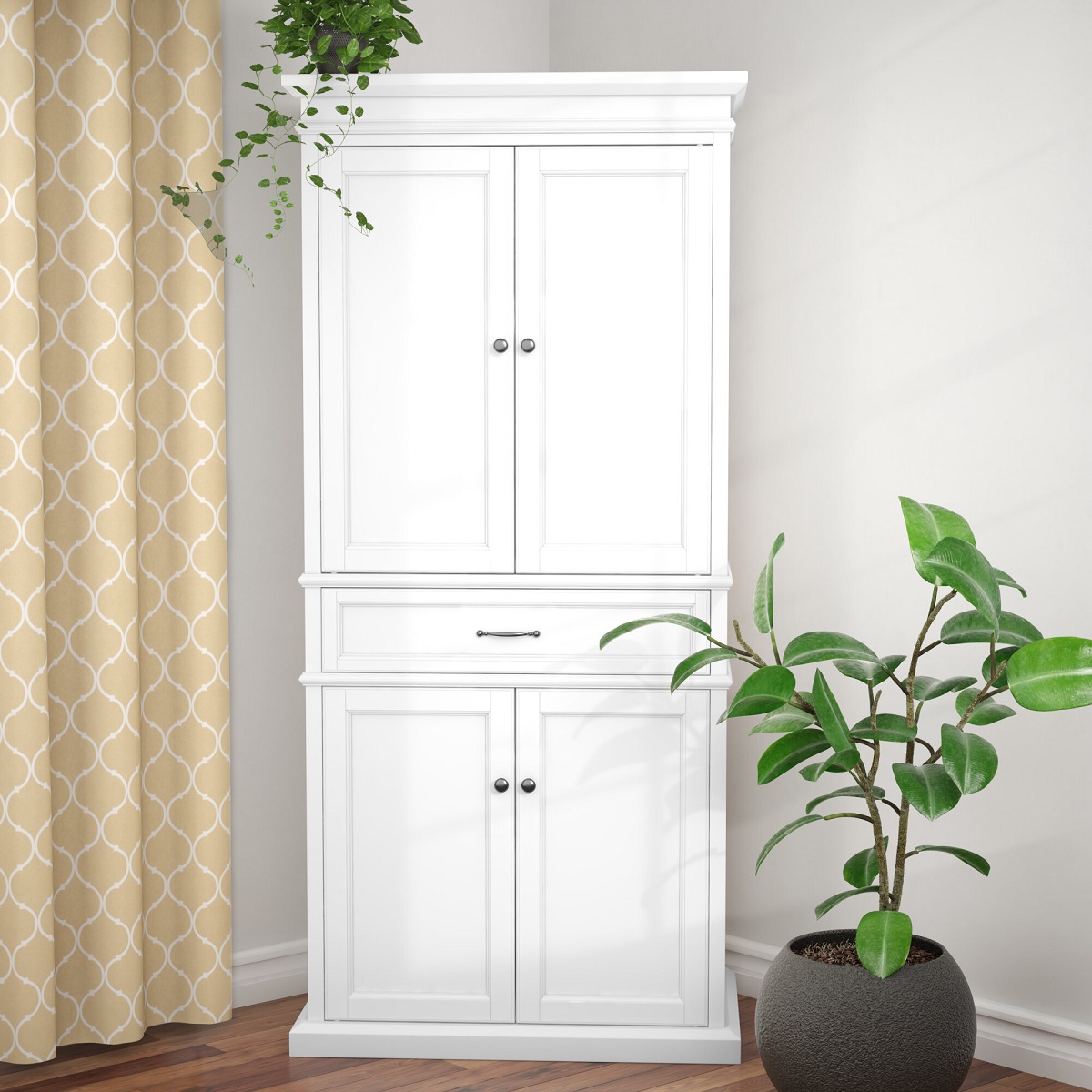
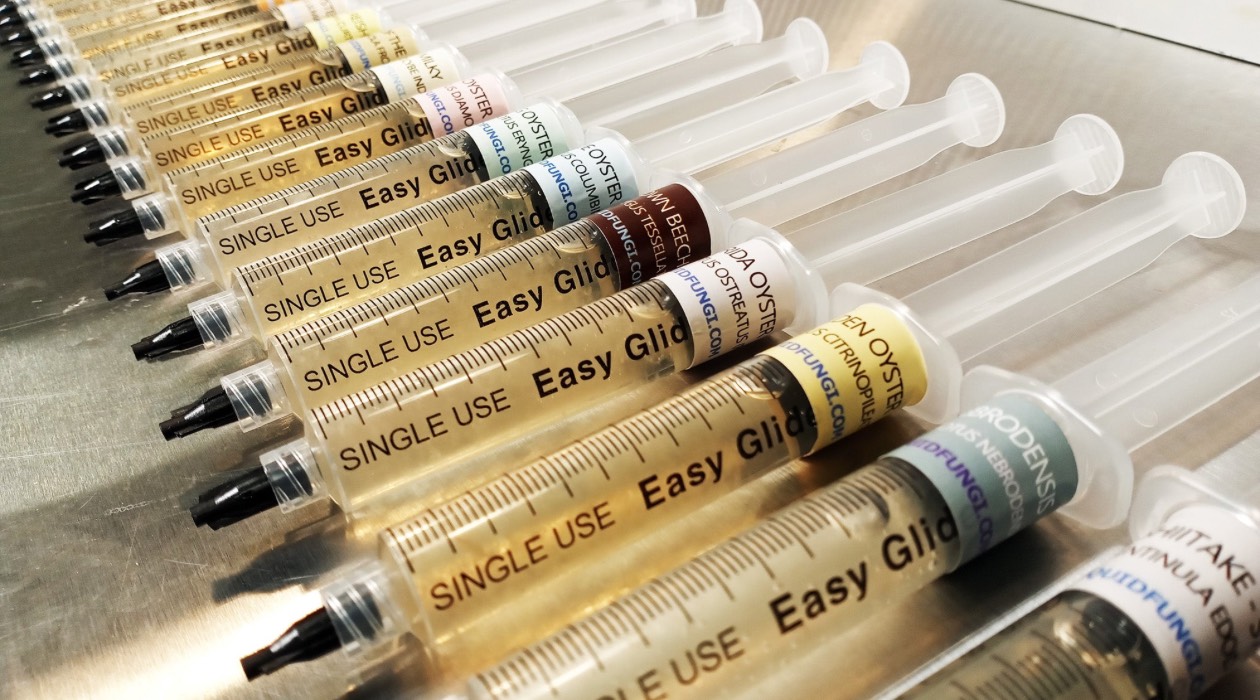
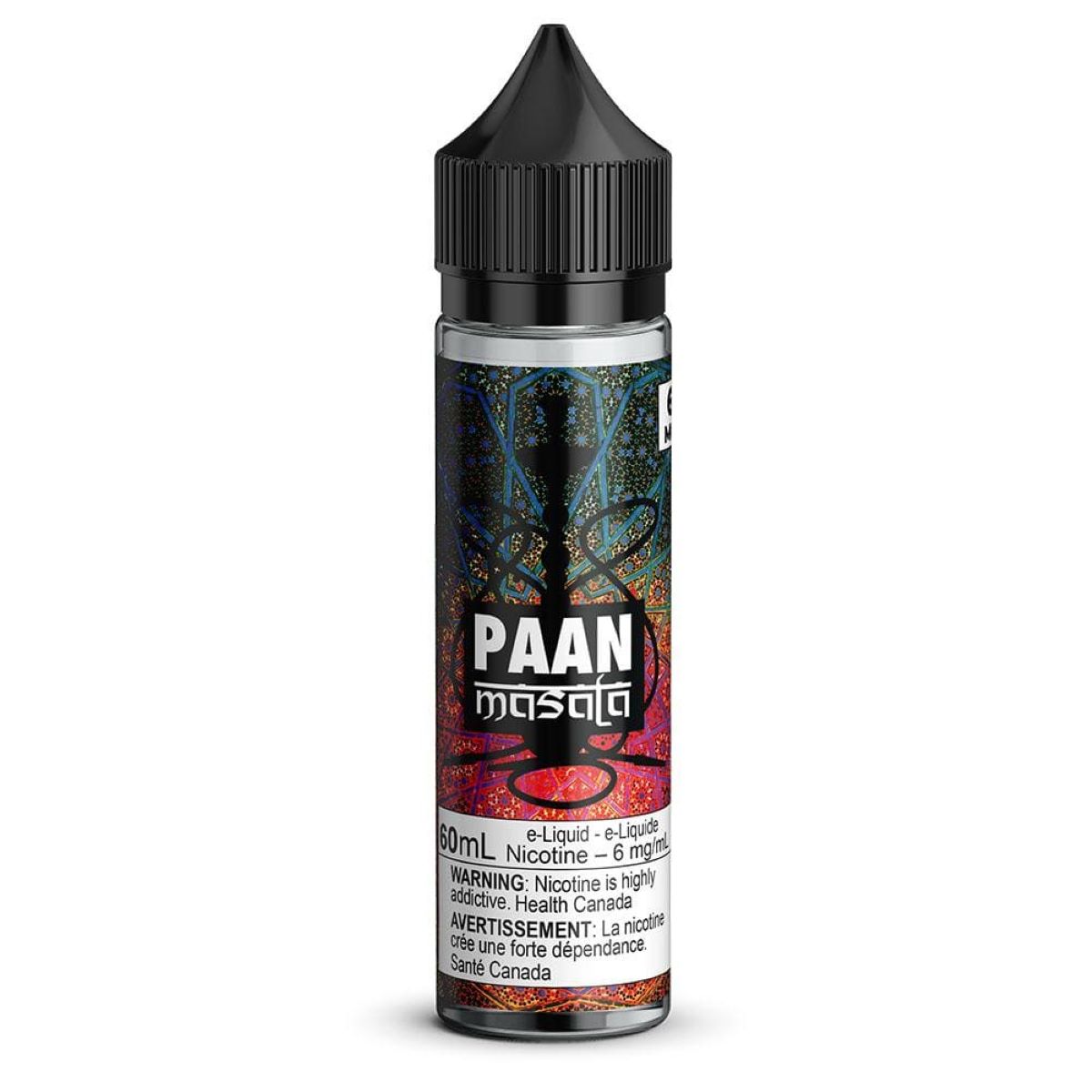
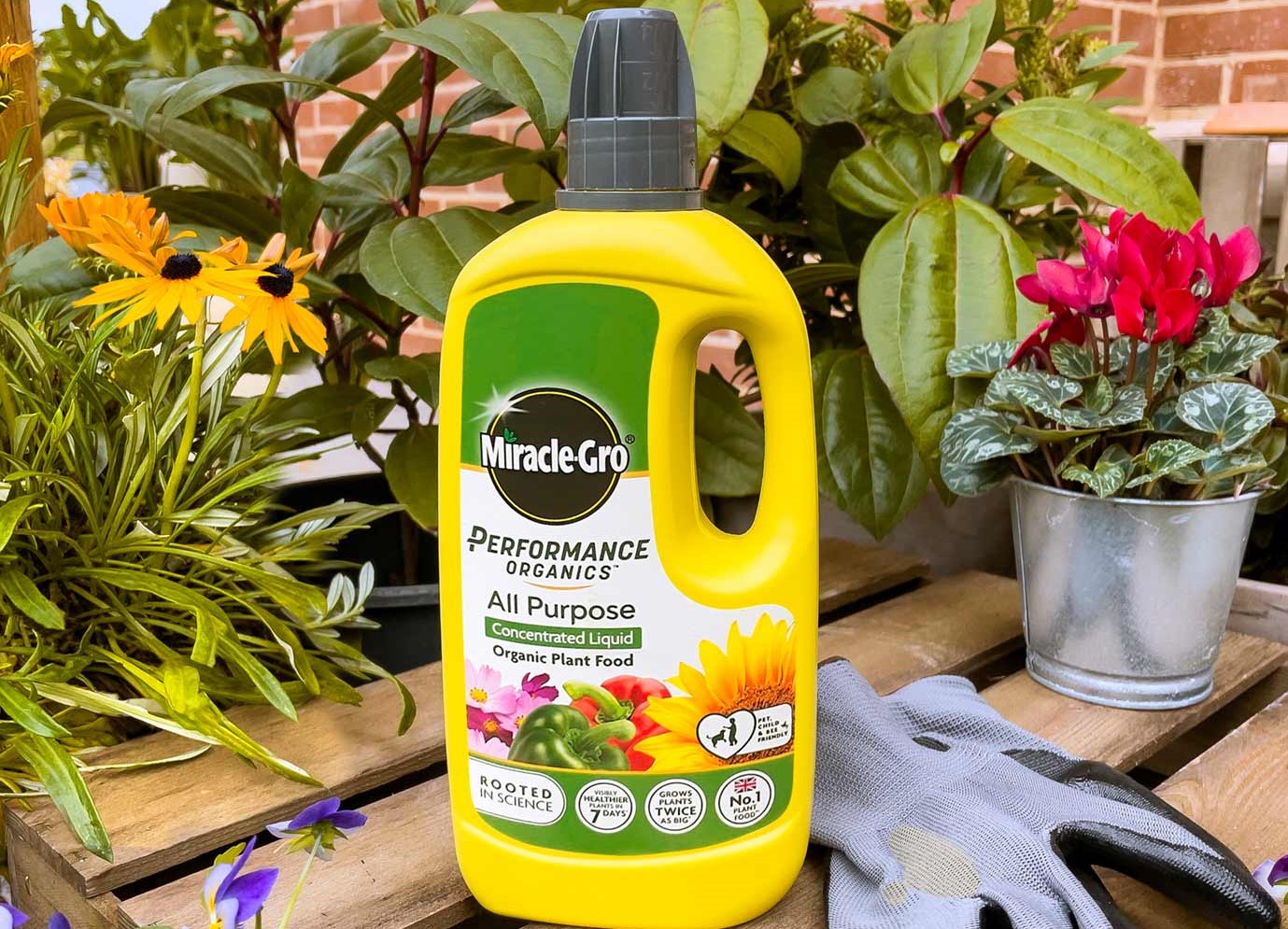
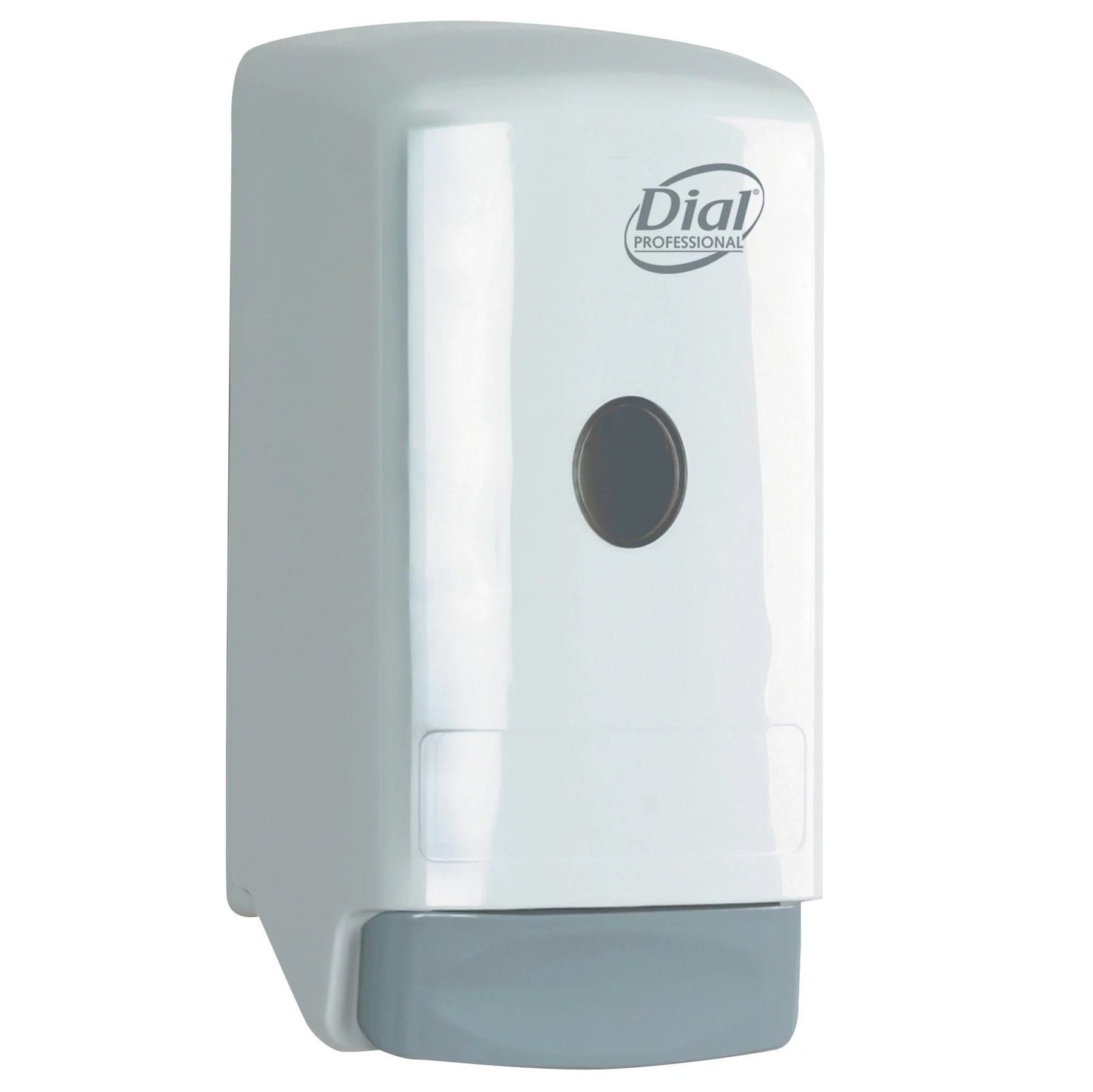

0 thoughts on “What Is Liquid Glass”